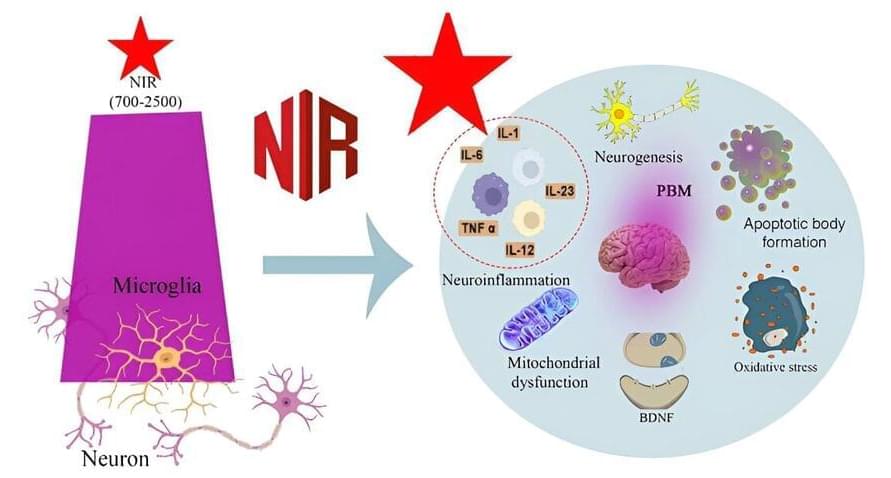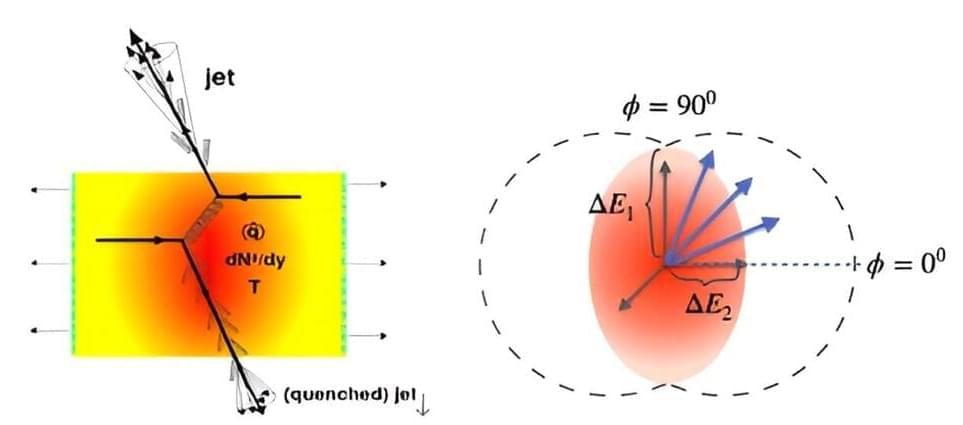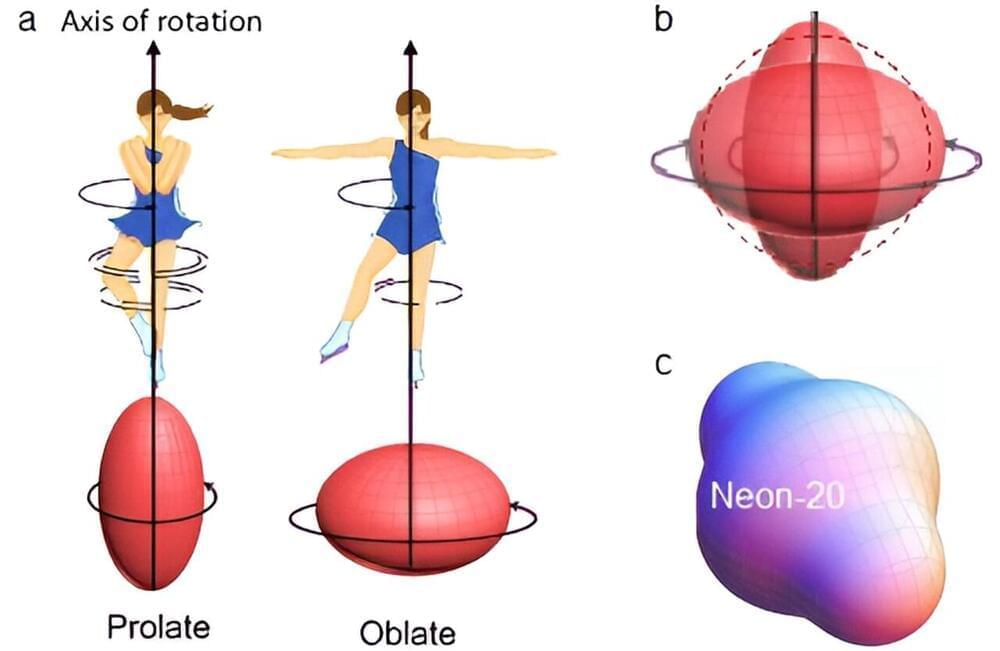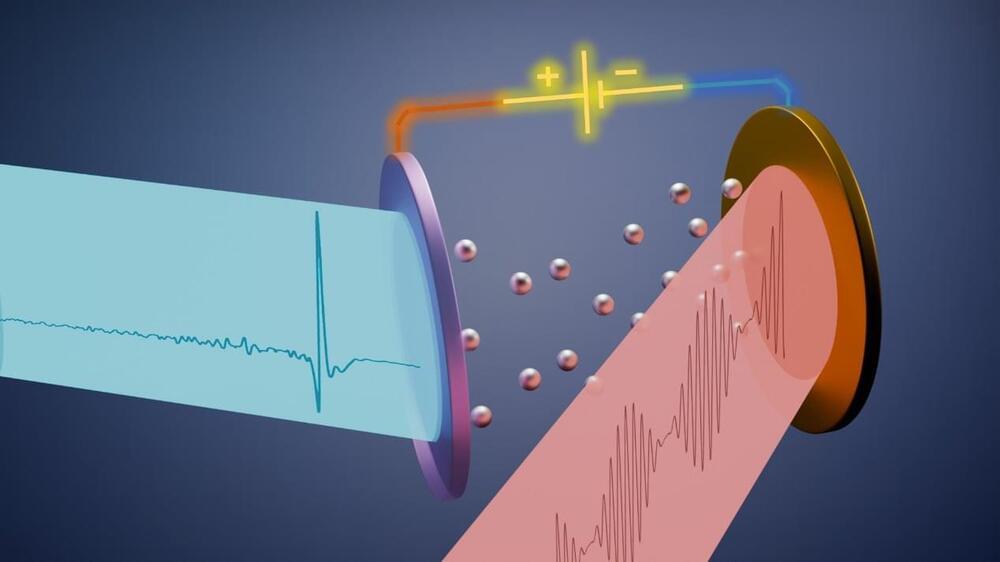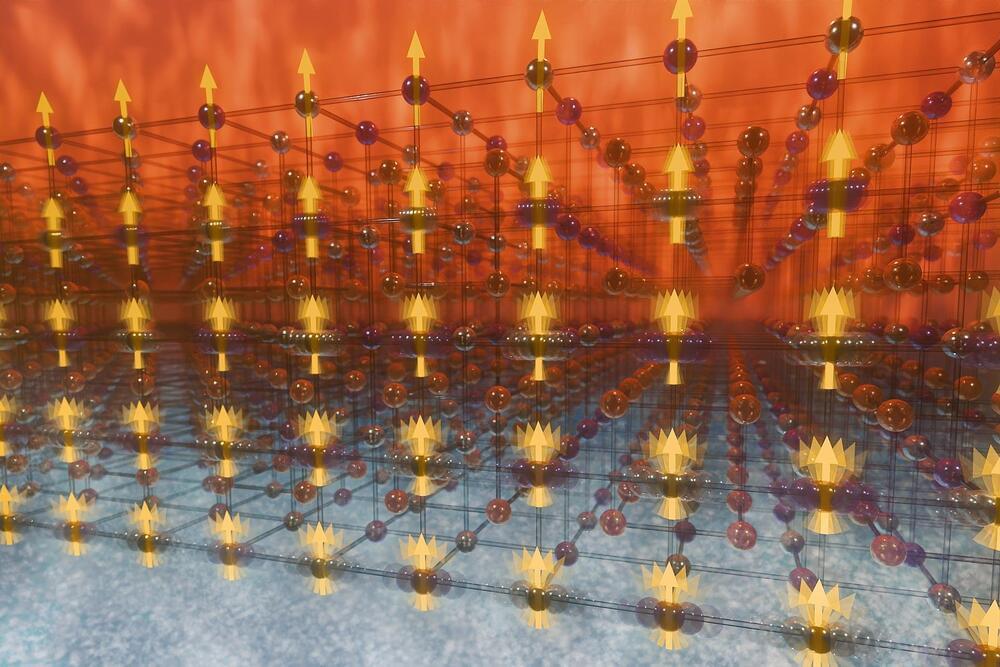Jul 23, 2024
Psychologists use ‘Game of Thrones’ to advance understanding of face blindness
Posted by Saúl Morales Rodriguéz in categories: biotech/medical, neuroscience, robotics/AI
People who struggle with facial recognition can find forming relationships a challenge, leading to mental health issues and social anxiety. A new study provides insights into prosopagnosia or face blindness, a condition that impairs facial recognition and affects approximately 1 in 50 people.
The researchers scanned the brains of more than 70 study participants as they watched footage from the popular TV series “Game of Thrones.” Half of the participants were familiar with the show’s famously complex lead characters and the other half had never seen the series.
When lead characters appeared on screen, MRI scans showed that in neurotypical participants who were familiar with the characters, brain activity increased in regions of the brain associated with non-visual knowledge about the characters, such as who they are and what we know about them.

